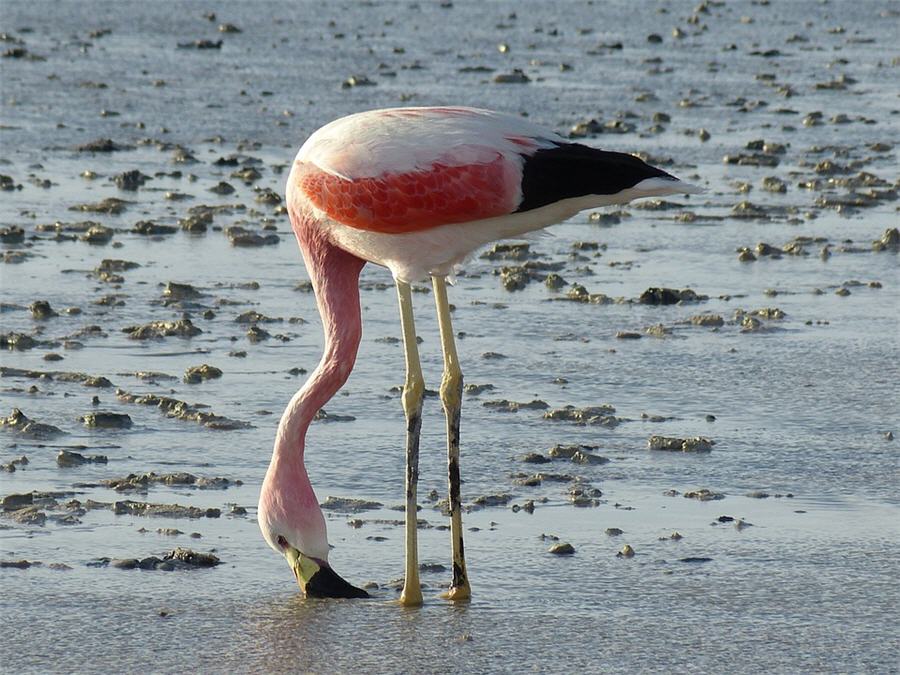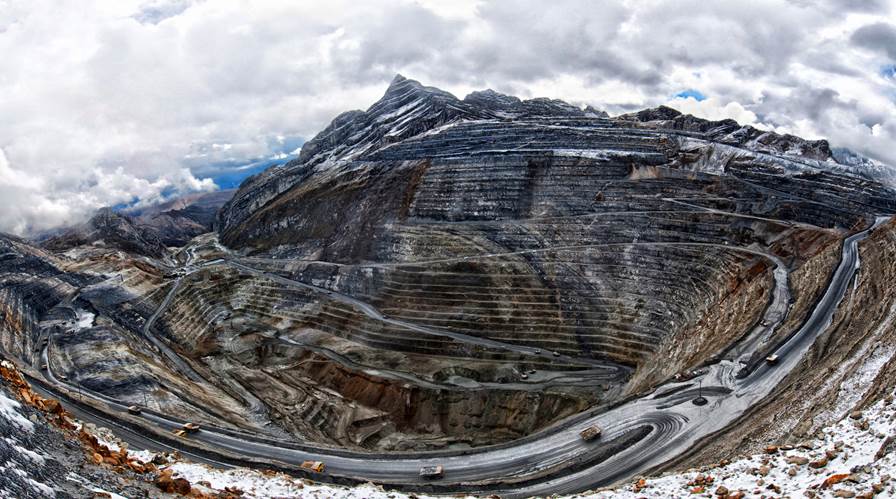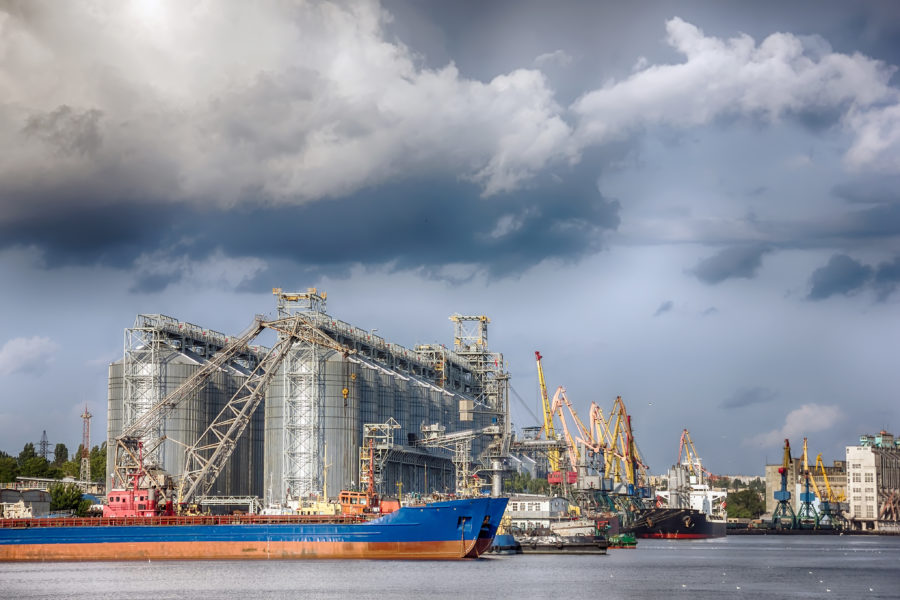How Chile’s progressive new plan to mine lithium faces Indigenous hurdles

Chile’s millennial president, Gabriel Boric, promised to mine differently. He would turn the world’s largest copper producer and second largest lithium miner into a country that focused on environmental and social responsibility.
When Boric announced his ambitious plan in April to take state control over the country’s lithium industry and expand extraction of this essential component of electric car batteries, he pledged to so with pioneering environmentally-friendly technology, and personally talk with local Indigenous communities.
But communities living on or around northern Chile’s lithium salt flats, once tightly grouped under a regional council and now often at loggerheads, are skeptical and may prove harder to work with than the government in distant Santiago had planned on. In interviews with Reuters, some community leaders said they would demand more profits be channeled their way, while others said they would resist any new lithium mining at all.
“We’re in the most arid desert and to exchange what we have in water and vegetation for a lithium battery is going to leave us with nothing,” said Francisco Mondaca, a civil engineer and head of the environmental unit of the Atacama Indigenous Council.
“You can’t sacrifice one zone to satisfy another.”
Chile holds the world’s largest lithium reserves, 90% of which are in the Atacama desert. It is looking to capitalize on booming demand for the battery metal coveted by carmakers including Tesla and BMW, as well as renewable energy companies.
But other countries have made quicker progress in expanding output of lithium in recent years. Currently, just two companies – domestic producer SQM and US firm Albemarle – extract lithium from Chile’s salt flats.
Boric’s plan envisions expanding mining with public-private partnerships controlled by a new state lithium company. The government has already started to negotiate state control with SQM and plans to do so with Albemarle before its contract expires in 2043.
Lithium is extracted through massive brine evaporation ponds that locals and environmentalists say alter the water table and hurt flamingo populations and other wildlife.
The new plan seeks to employ direct lithium extraction (DLE) – a technology that promises to be more sustainable by reinjecting the brine back into the ground once the mineral is extracted.
But DLE is as yet commercially unproven and locals are unconvinced.
“What bothers me is that a product is being sold as a sustainable solution for the world when it’s not,” Mondaca said.
Internal divisions
The Atacama’s rocky, hostile terrain that NASA uses to simulate Mars has been inhabited by the Lickan Antay people for at least 1,500 years.
Their communities sprouted up along turquoise oases brimming with lithium below. One of them, the Tara salt flat, is in a biodiverse area covered in ancient arrowheads, ceramics and other archeological remains and forms part of Los Flamencos National Reserve.
Cristian Espindola, who oversees patrols and security on the Tara flat for the local Toconao community, said he did not see much difference between the current and previous governments, criticizing the Boric administration for announcing its plan before consulting with locals.
“The Chilean government starts selling this lithium without asking us native people, the people who live here, the homeowners, the Lickan Antay people,” Espindola said, calling the move “irresponsible” and a continuation of previous policy.
“This method of the Chilean state dealing with native communities never changes,” Espindola said. “When they want to install new mining operations, they roll over communities.”
While the Atacama has state-of-the-art mining facilities, observatories, and tourist centers with restaurants and craft shops, many neighboring Indigenous towns have only rugged dirt roads, unfinished buildings and poor infrastructure.
“In Toconao there’s no drinking water or health center, we have power blackouts,” said Espindola. “Where are the benefits for the Indigenous community?”
Espindola said the Indigenous communities in the Atacama lived and governed themselves differently from the federal government and had a different set of priorities focused on the environment, culture, and preserving their way of life.
“I think this lithium policy is going to run into Indigenous policy and that’s where the clash is going to be,” he said.
Both Espindola and Mondaca said a majority of community members oppose expanded lithium mining in the region.
When asked if the government would continue with planned expansion if communities opposed it, the mining ministry declined comment. It said it takes relationships with Indigenous communities seriously and that is why Boric met with them in person.
At a press conference following a first meeting with Indigenous representatives on June 30, Boric said he was “optimistic” and had agreed that “development should be integral, sustainable, and done with respect for the environment and communities.”
The president said the government would address issues like the lack of electricity and drinking water in the region and said the mining ministry would continue talks with communities.
Becoming a state partner
Some Indigenous leaders said they were open to supporting lithium extraction at a fair price.
Yermin Basques, president of Toconao, said he was pushing for the community to receive a greater share of the profits and be a “strategic partner” in the state lithium company.
“We want to have earnings, shared earnings as strategic partners because we own the territory,” he said. Basques said he wants Indigenous communities to be involved in decision-making and to promote investments in agriculture, tourism and other projects that will provide benefits to the community after the lithium boom dies down.
That proposal is supported by some on the Atacama Indigenous Council, a grouping of communities formed in 1995 where decisions are made by a simple majority vote.
Since 2017, Albemarle has given 3.5% of its sales each year to the council, divided evenly among the 18 member communities. That has led to disagreements, said Alonso Barros, a lawyer who helped negotiate the deal. “There are communities with ten people who get $2 million and communities with 3,000 who get the same.”
Some communities are now planning on holding individual negotiations with the government, bypassing the council altogether. This follows the model SQM has taken, striking individual deals with communities closest to its operation.
Rolando Humire, a former council president who rallied the communities together to sign the Albemarle deal, said it took him nearly five years to get them all on board.
“It was a slow process, years of dialogue, years of conversation without even bringing up how much we were going to ask for,” Humire said. Communities had learned that they can legally delay projects until their demands are met, he said.
“I don’t think (the government) is going to implement what they want in the Atacama,” Humire said. “The communities have power, they can form an opposition, they have resources, they can hire lawyers. A project that goes to court here can be delayed for years.”
Mauricio Lorca, a researcher at the University of Atacama who specializes in mining and Indigenous communities, said he expects negotiations to be “incredibly complex” and that Boric’s plan showed a lack of understanding of the reality on the ground.
“What Boric tried to do in my opinion wasn’t a strategy, but wanting to leave everyone happy,” he said. “And in the end, he left very few people happy.”
(By Alexander Villegas; Editing by Adam Jourdan and Rosalba O’Brien)
More News
{{ commodity.name }}
{{ post.title }}
{{ post.date }}



Comments